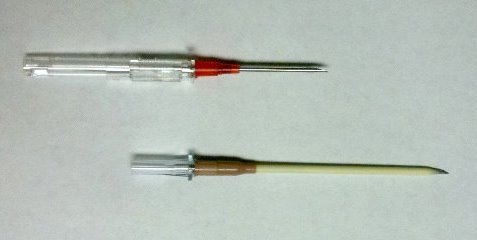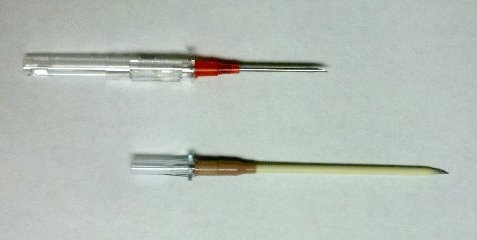Important! If your search for a trauma topic brought you here…
The Trauma Professional’s Blog has moved to this new site, but old Google or Bing searches may link you to this page.
Please retype your search in the box in the upper left corner of any page (or touch the magnifying glass above on a mobile device) to find what you are looking for.
Go to theTrauma Professional's Blog page
And hopefully, all the search engines will finish indexing the new site soon! Explore the site and enjoy! Michael
———————————————————————————-
I’ve seen a number of trauma patients who have developed pain and elevated WBC after embolization of solid organs for trauma. For kidneys and main splenic artery embolization, it’s fairly common in my experience. Turns out, this phenomenon was described in 2007-2008 in patients undergoing embolization of hepatic tumors and uterine fibroids. It was termed post-embolization syndrome, and consists of pain, fever, nausea and ileus.
An article was just published in the Journal of Trauma describing this syndrome in children after splenic embolization for blunt trauma. The authors looked at their own trauma registry over a 12 year period. Yes, it took that long to find 448 children with blunt splenic injury. Of those, only 11 underwent arterial embolization (sigh of relief).
The average age was about 13 and ISS was 16 in both groups. Kids who underwent embolization were more likely to spend some time in the ICU, had a longer hospital stay (8 vs 5 days(!)), and took longer to resume their diet (5 vs 2 days). These differences occurred despite the fact that most of the embolized children had isolated splenic injuries. Additionally, the embolized children were more likely to receive blood (3 units vs none) and plasma.
My first question about this paper is, why? Broken spleens in children do not act like broken spleens in adults. The vast majority of the cases of contrast extravasation in children stops on its own without intervention. So why did we even have to find out that post-embolization syndrome occurs in children? They shouldn’t be going through this procedure anyway! Fortunately, a deeper read of the paper provides the answer. The indication for angio was splenic pseudoaneurysm in 2, and ongoing hemorrhage in the other 9. In the case of these latter 9, it did keep the children from having their spleens operated on.
Bottom line: In general, don’t send kids for splenic angiography (99.3% of kids in this study did not have it). Ongoing hemorrhage (prior to hypotension, which is an absolute indication for OR) is probably the only indication I can think of. Pseudoaneurysm and extravasation of contrast are not indications like they are in adults. But if you do have to send them, just be aware that they may develop pain, fever and ileus that will keep them in the hospital and/or ICU for a few extra days.
Reference: Transarterial embolization in children with blunt splenic injury results in postembolization syndrome: A matched case-control study. J Trauma 73(6):1558-1563, 2012.



